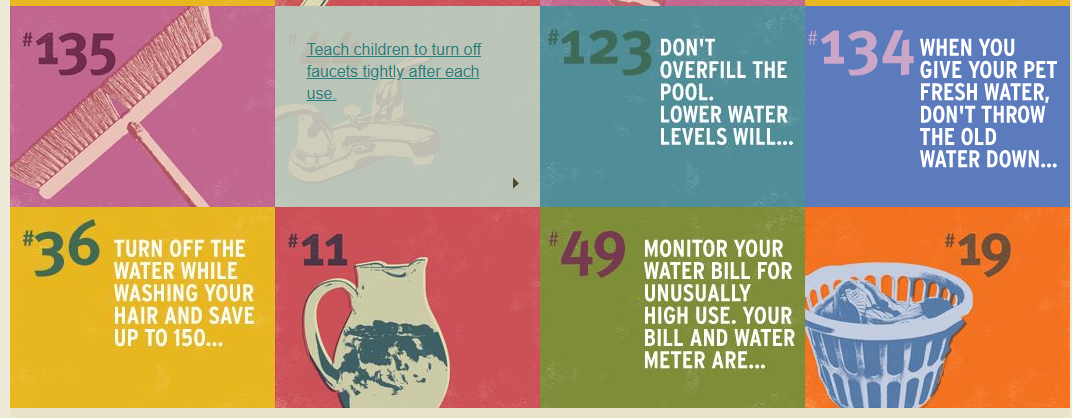Distance Learning Module: Recycling Water in Space
This week’s Distance Learning theme is “life in space.” In this module, we’ll discover how astronauts use the process of reclamation (recycling) to meet their needs for water in space!
crew members aboard the International Space Station share a “toast” of purified recycled water. Joining in from earth were Mission Control, in Houston, and the Payload Operations Center at Marshall Space Flight Center, which designed the iss water recovery system. that clean drinking water once went through the toilet! (image credit: NASA)
Why Recycle Water?
All living organisms—from the tiniest bacteria to the biggest jungle predators, and all the plants on Earth—require water to survive. Of course, people need water, too—even when they are traveling or working in space.
image credit: wikimedia commons/José Manuel Suárez
Water is dense—so even a little bit of it is heavy. This makes it very expensive to send water from Earth to space—more than $83,000 per gallon to be exact! For this reason, astronauts—like the ones on the International Space Station (ISS)—need to find ways of reusing the water that they already have. The process of recycling wastewater is also known as water reclamation. Water reclamation is vital to space travel as we know it, and would be a “must” if we ever got to the point of sending people to live for long periods of time on extraterrestrial (outside of Earth) colonies.
How Does It Work?
The ISS has an entire system dedicated to recycling water for the astronauts that are aboard. Basically, wastewater (dirty, used water) is captured, filtered (cleaned), and then made available to reuse. A setup that automatically continues in a cycle like this, over and over again, is called a closed-loop system.
A volunteer shows how the ISS Water Recovery System works, in front of A mockup of the ECLSS (image credit: NASA/David Higginbotham)
Where does the wastewater come from? Our bodies release water when we sweat, go to the bathroom, and even breathe. These biological byproducts are captured from the crew on the ISS, passed through a filter to remove impurities and contaminants, and then used again by the crew to drink, bathe, and re-hydrate dried food.
This might sound gross—but recycled water on the ISS is cleaner than what most of us drink on Earth! In fact, the idea comes straight from nature. We’ve learned in several previous lessons that the Earth has its own system of reusing water, called the water cycle. (See the posts on clouds, weather, and terrariums for more info.)
Water recycling on the ISS is controlled by the Environmental Control and Life Support System (ECLSS). This system of machines provides both clean air and water to the ISS crew and laboratory animals. The part of the ECLSS that controls water reclamation is the Water Recovery System (WRS). The ECLSS is very efficient: it recycles up to 90 percent of fluid captured from ISS sinks, showers, toilets, and condensation from the air.
Environmental Control and Life Support System, a.k.a. bathrooms and air recycling, for the International Space Station on display at the Marshall Space Flight Center ECLSS Test Facility. (image credit: wikimedia commons/James E. Scarborough)
The ECLSS went into operation in 2008. Before that, ongoing space missions—including the Skylab space station in the 1970s—relied on stored water that had been transported from Earth. This limited the amount of time that missions could last, because once the stored water was used, the crew had to return to Earth. The ECLSS allows the ISS to hold more crew members, extends the length of time that they can stay in space, and helps keep operating costs down for the ISS. One of the biggest challengest to developing the ECLSS was making equipment that could operate in microgravity—and keeping the system simple enough that the astronauts who use it can also conduct repairs when needed.
NASA astronaut Leland Melvin removed this early model of the Distillation Assembly from the Water Recovery System on the ISS during his flight on the space shuttle Atlantis for mission STS-129 in November 2009. (Image credit: NASA)
Again, providing water is no small part of space travel: each astronaut on the ISS uses about a gallon of water per day to drink, prepare food, brush their teeth, wash their body, and shave. The crew do everything they can to conserve the water that is available. "We don't use faucets on the ISS, we use a wash cloth,” says Layne Carter, a water-processing specialist at the Marshall Space Flight Center (which produced the ECLSS). “It's much more efficient. If you're an astronaut, you'll wet the wash cloth with a spray nozzle and then use the cloth to wash your hands."
See this NASA illustration of ECLSS for details, or click here to open a zoom-able PDF.
Or, take a video tour with astronaut Chris Hadfield from the Canadian Space Agency:
Conclusion
You may not envy the crew members of the ISS (even though that reclaimed water they’re drinking is SUPER clean)…but it’s important to conserve water here on Earth, too. Visit this site for 100+ Ways to Conserve Water, courtesy of wateruseitwisely.com!







